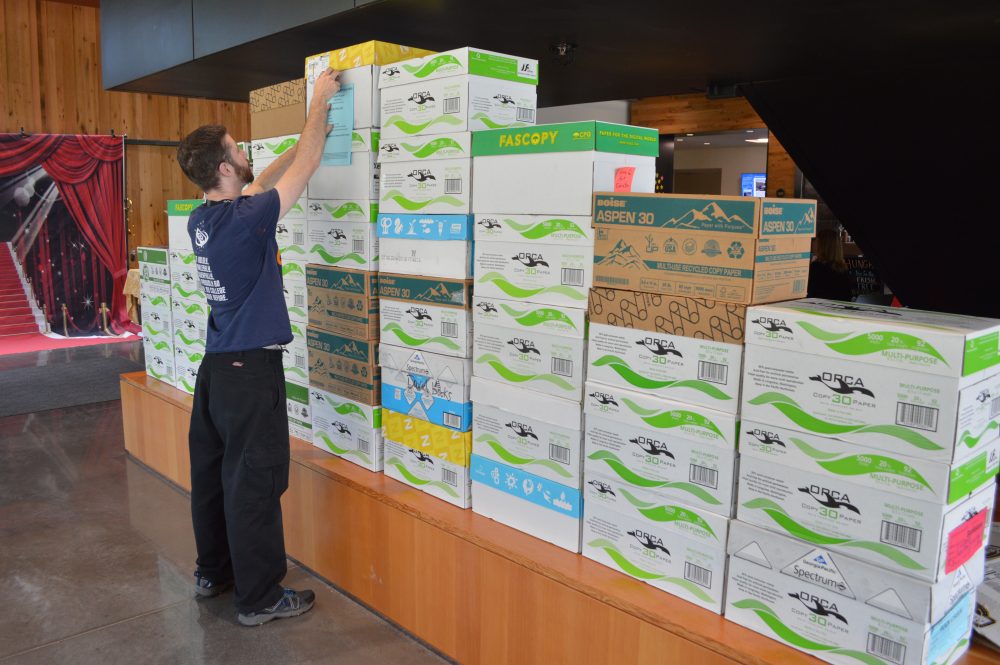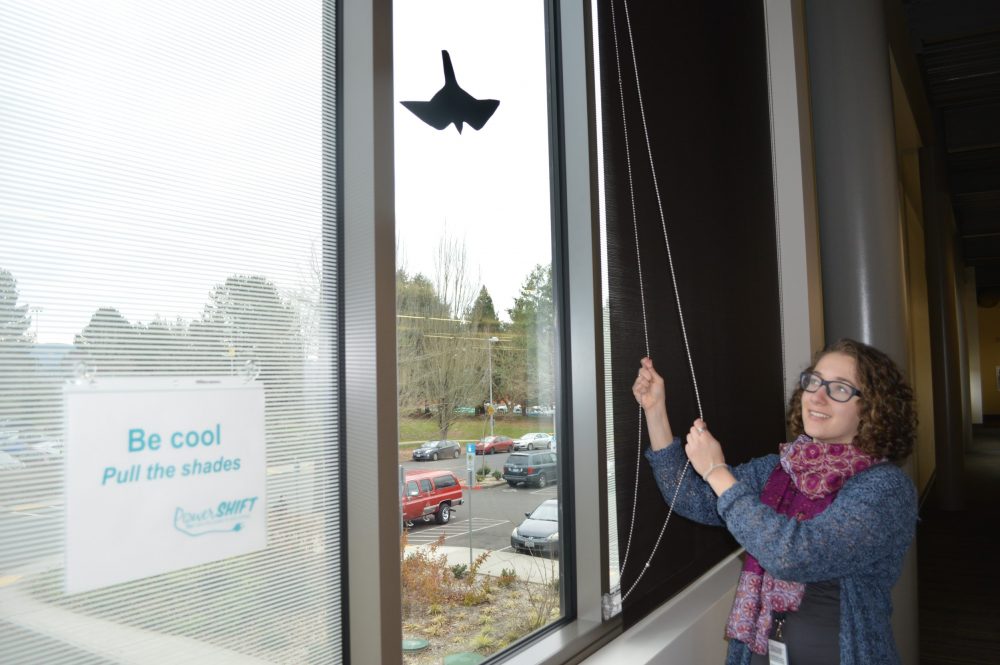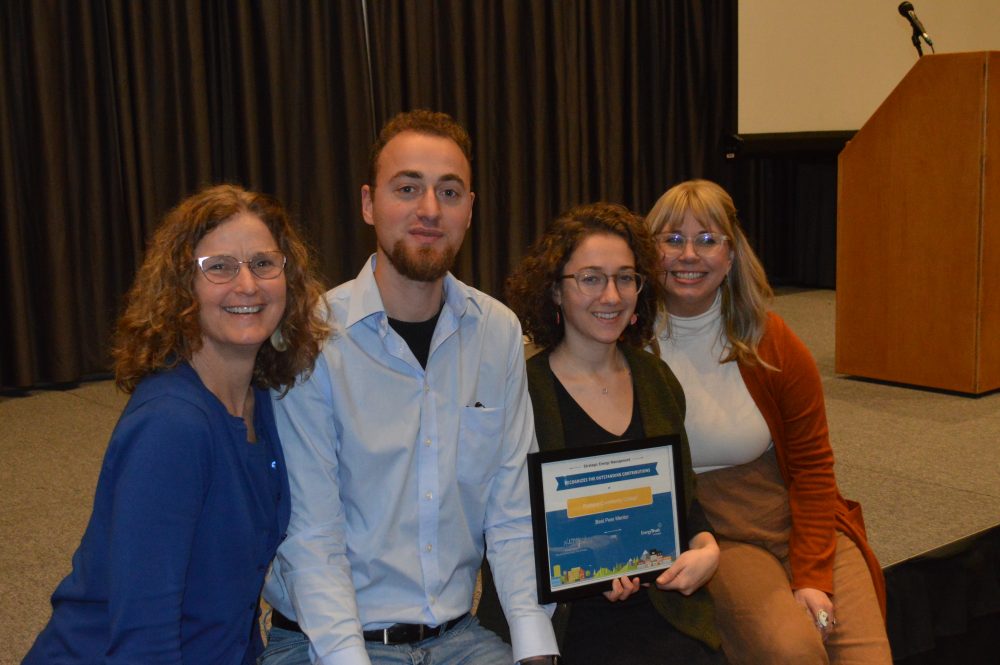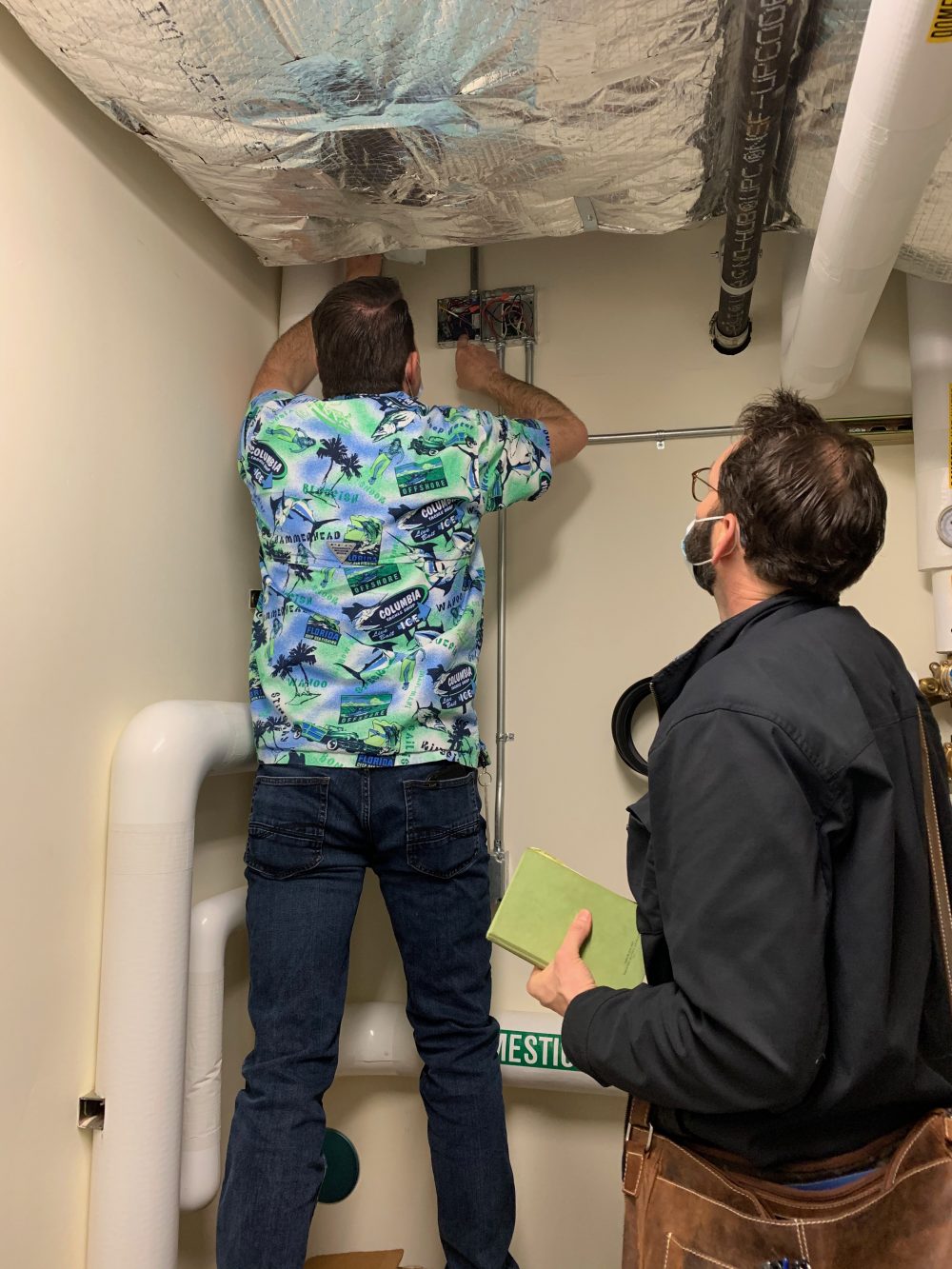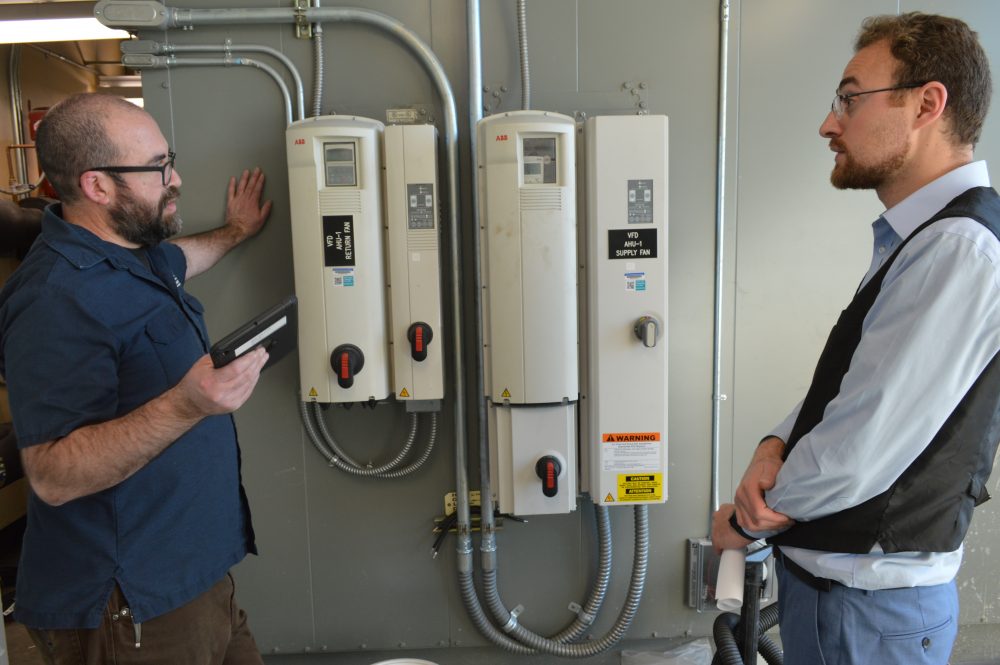Energy
Energy Management Mission Statement
The purpose of our strategic energy management [pdf] initiative is to utilize energy efficiently throughout our facilities and daily operations to reduce adverse impacts on the environment, promote fiscal responsibility through reduced operating costs, and provide educational opportunities by exemplifying best practices.
Solar Array at the Rock Creek Campus
The 2012, 35,000-square-foot solar farm provides roughly 60 percent of the energy needs of Building 9, a 72,000-square-foot facility. See the active consumption and output data from the array.
Frequently Asked Questions
What is the energy background at PCC?
What types of projects has PCC initiated to promote overall efficient energy management?
How does PCC support sustainable buildings and construction?
What are the Energy Management Guiding Principles?
What are the Energy Use Performance Metrics?
Explain the Mechanical Systems
Explain the Operations and Maintenance
Explain the Occupant Engagement
For further questions, contact the Sustainability Coordinator.
Established on 9/30/2015
Sandra Fowler-Hill, Rock Creek Campus President


